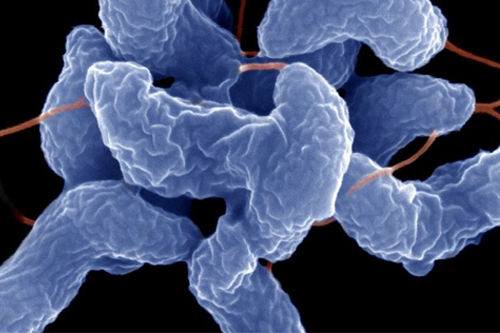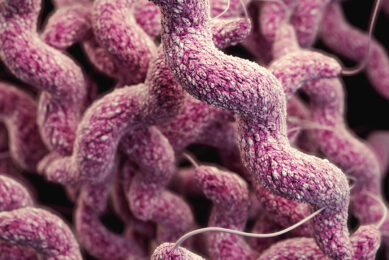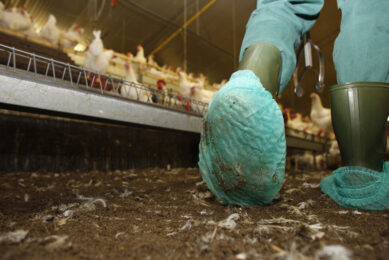Campylobacter survey suspended in the UK

A nationwide survey on campylobacter contamination levels in UK chickens has been suspended due to inconsistencies in monitoring, the Food Standards Agency has announced.
“The way we have conducted the testing for campylobacter levels has been to measure the amount of the bug on the neck skin of the chicken – this is because this is generally the most contaminated part of the bird,” Steve Wearne, director of policy at the FSA explained.
Variable chicken samples
“However a growing number of processors are removing the neck skin before the birds are put on the supermarket shelves. This is good news for the consumer because it reduces the amount of campylobacter on the bird, but it gives us a problem with our analyses. Given that chicken samples now contain varying amounts of neck skin, it makes it difficult for us to compare fairly one retailer with another and to give accurate comparisons with previous quarterly results.
“We have therefore decided to suspend the survey for the time being while we look again at what sort of testing we might do to provide clear information on the progress being made by retailers to tackle campylobacter.
Amendments to testing protocol
“We’re considering a number of options for amending our testing protocol so as to give a more consistent indication of the levels of the bug. We hope to be able to restart our sampling in the summer. Additionally, in the longer-term, we will be asking industry to conduct their own testing and to publish their results to an agreed set of standards prescribed and maintained by us.
“We will publish the results of the third quarter of this survey on May 26 2016. As with previous quarters, publication of the data follows Office of National Statistics rules. However, because of the issues outlined above, we will simply be giving an overall figure for the amount of campylobacter on chicken and will not this time be breaking the figures down by retailer. Since we have temporarily suspended sampling, we won’t be publishing a final quarter set of results within this survey.”
Campylobacter prevalence remains too high
The results of the second quarter of the survey, which were published on 25 February, showed 11% of chickens tested positive for the highest level of contamination, down from 19% in October to December 2014. This progress is good news but campylobacter prevalence remains too high, which is why a challenging target to reduce the number of human cases of campylobacter poisoning by 100,000 a year was set.
“Tackling campylobacter remains our number one priority. The ultimate test to show whether our campaign is working is to see whether fewer people get ill. That’s why we want to see 100,000 fewer cases of campylobacter each year from the end of March 2017. So there’s no let up for industry: we want to see continuing efforts to reduce this bug on our chickens,” Wearne concluded.













